What Is Demand-Pull Inflation? Definition & Examples
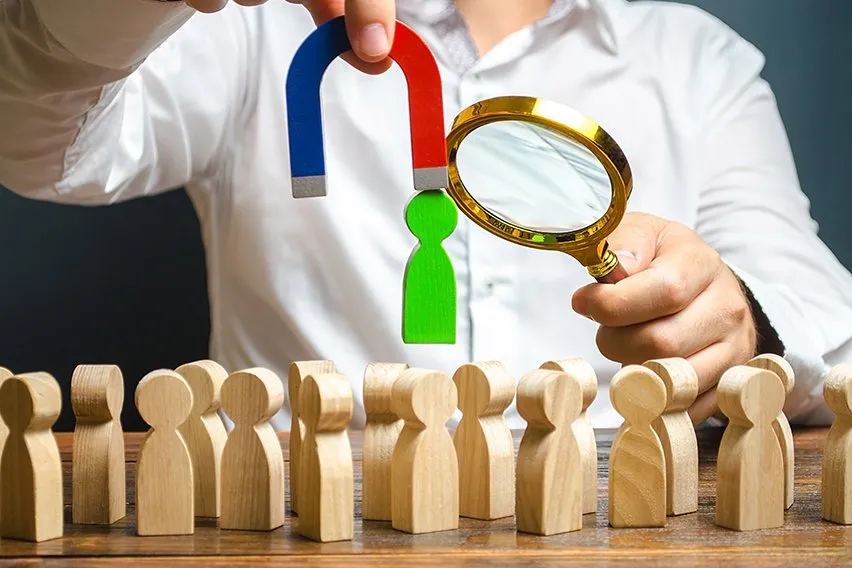
Demand-pull inflation is a type of inflation that occurs when demand for products and services outpaces supply. Demand-pull inflation can be caused by several factors. These include rapid growth in the money supply, deregulation or liberalization of markets, high levels of imports into a country and more. Before we get into the brass tacks of this type of inflation it’s important to have a basic understanding.
This article will discuss what demand-pull inflation is and much more. Other topics will include causes of inflation, cost push inflation differences and more.
Here’s What We’ll Cover:
What is Demand-pull inflation?
What Are The 5 Causes Of Inflation
What Are The Negative Effects Of Demand-Pull Inflation?
How Can Demand-Pull inflation Be Combated?
Can Demand-Pull Inflation Cause Cost Push Inflation
What is Demand-pull inflation?
Demand-pull inflation is a type of inflation that occurs when demand for products and services outpaces supply. In other words, this is a scenario where prices go up because people are buying too many things. Put another way, it’s the exact opposite of what we saw during the Great Recession. This was when there was an immense amount of unsold products sitting on shelves.

What Are The 5 Causes Of Inflation
There are five main reasons why inflation occurs. These are supply shocks, demand-pull inflation, cost push inflation, economy at full employment, and fiscal policy.
Supply Shocks:
Supply shock is when there’s a sudden increase in the price of what we buy. This happens for many reasons. These include natural disasters, war, and other events that disrupt normal trade patterns.
Cost-Push Inflation
This type of inflation occurs when there are increases in costs experienced by businesses. This then leads to an increase in prices for consumers.
These increases can occur due to many different factors. These can include rises in production costs, wages or the price of raw materials used by producers.
Economy At Full Employment
Economy at full employment links an increase in wages with higher prices. This is because more people can afford items that were previously out of reach for them.
Full employment states that there is no long term trade-off between inflation and unemployment. This is because at full employment, an increase in demand will lead to higher prices rather than more jobs.
Fiscal Policy
When fiscal policy is used to stimulate the economy during a recession, it has two main impacts on inflation. The first impact is called “demand-pull inflation.” This occurs when there’s more demand for goods than available supply. This leads to higher prices as sellers need to make up for their lack of supplies by raising prices instead.
The second type of inflation caused by fiscal policy is called “cost-push inflation.” This happens when government policies are enacted. These policies increase production costs. This can be minimum wage increases or new taxes on products like cigarettes or alcohol.
Demand-Pull Inflation
Demand-pull inflation occurs when there is a mismatch between supply and demand in an economy. This can occur when people buy too much of a product. This causes prices to rise.
Demand-pull inflation can be contrasted with cost push inflation (when costs increase) or cyclical/demand-pull. When we talk about the need for more jobs in our country, we often consider what type of work will create this new employment opportunity. It could be manufacturing or construction.
One thing that’s guaranteed not to work is creating all these jobs by printing money! While some might argue that this would put more money into circulation and stimulate economic growth, it actually has the opposite effect. Typically, it causes demand-pull inflation.
What Are The Negative Effects Of Demand-Pull Inflation?
The negative effects of demand-pull inflation can be felt in a number of ways. In the long run, it will lead to a decrease in living standards. It can also lead to a reduction of economic growth rates.
Demand-pull inflation is not something that any country wants. It has proven to be detrimental to both consumers and producers alike. It’s characterized by high prices, high-interest rates, and unemployment. Interest rates rise because people are too scared to take out loans. Firms can’t afford to borrow money for production or expansion.
When the economy slows down due to this lack of demand, it causes even more unemployment. This leads to less spending power which causes deflationary pressures on wages and prices.
Demand-pull inflation also affects the government. They have higher deficits in order to stimulate the economy and keep it running smoothly again.
How Can Demand-Pull inflation Be Combated?
Inflation can be combated by increasing demand. Economists have found that if aggregate demand increases, so will employment and production. However, this method is not without risk. It could lead to overheating or unsustainable growth in the long term.
One way to combat this is by implementing fiscal policy. This would include raising taxes or cutting government spending. This will reduce aggregate demand and cool down the economy before inflationary pressures become too strong
What are some other ways we can reduce our need for monetary policy?
One solution would be to implement policies that increase productivity like education reform. This has been shown to create jobs and generate savings on health care costs.
Another possible solution is to reduce the regulatory burden. This can give a much-needed boost to employment and economic growth in general.

Can Demand-Pull Inflation Cause Cost Push Inflation
Yes it can. Demand pulling inflation is when demand for products and services increases so much, prices rise. This is needed to adjust to how high the demand has become.
This causes cost pushing inflation. Companies have to raise their costs in order to keep up with increased demands for their products or services.
Key Takeaways
We’ve discussed demand-pull inflation and its negative effects. It’s important to understand this phenomenon so we can take steps to avoid it.
One way to combat demand-pull inflation is by making sure we keep our aggregate demand up and prevent further increases in prices. This will help us stay on the right side of both inflation and employment statistics. It will also help contribute to economic growth!
We’ve discussed many topics around inflation. Hopefully this article helps you better understand demand-pull inflation.
Did you enjoy reading this guide? Head over to our resource hub for more great content!
RELATED ARTICLES

 Cost Pull Inflation: Definition, Examples & Causes
Cost Pull Inflation: Definition, Examples & Causes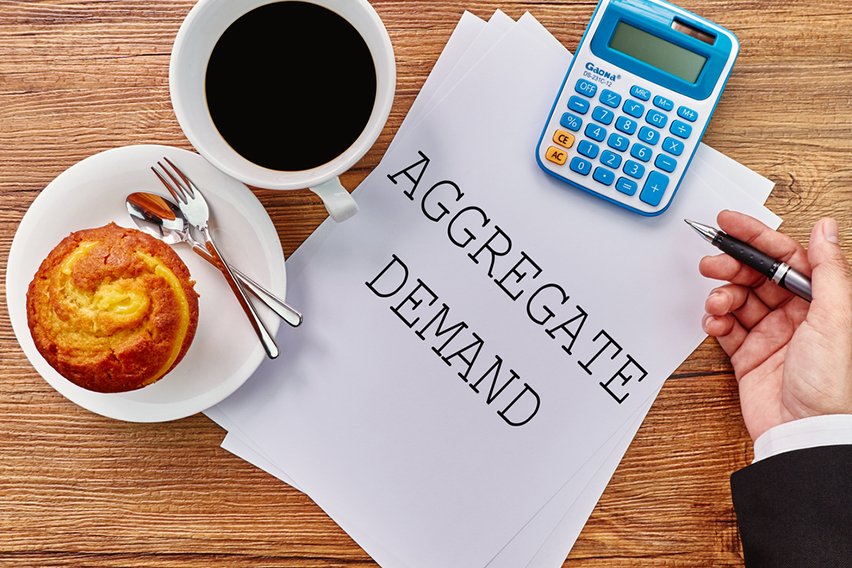 What Is Aggregate Demand: Definition, Formula & Components
What Is Aggregate Demand: Definition, Formula & Components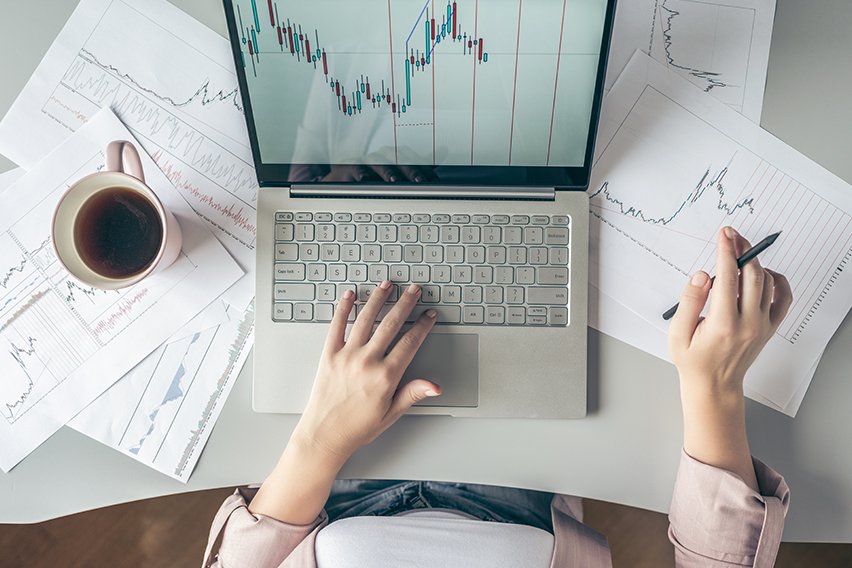 What Is Consignment Stock or Inventory & How Does It Work?
What Is Consignment Stock or Inventory & How Does It Work?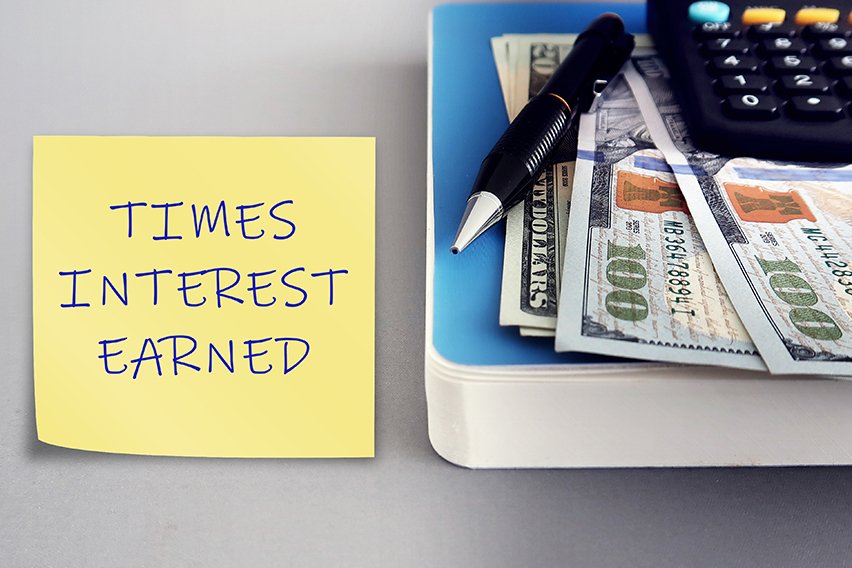 What Is Times Interest Earned Ratio & How to Calculate It?
What Is Times Interest Earned Ratio & How to Calculate It? Principal Amount: Definition, Formula & Calculation
Principal Amount: Definition, Formula & Calculation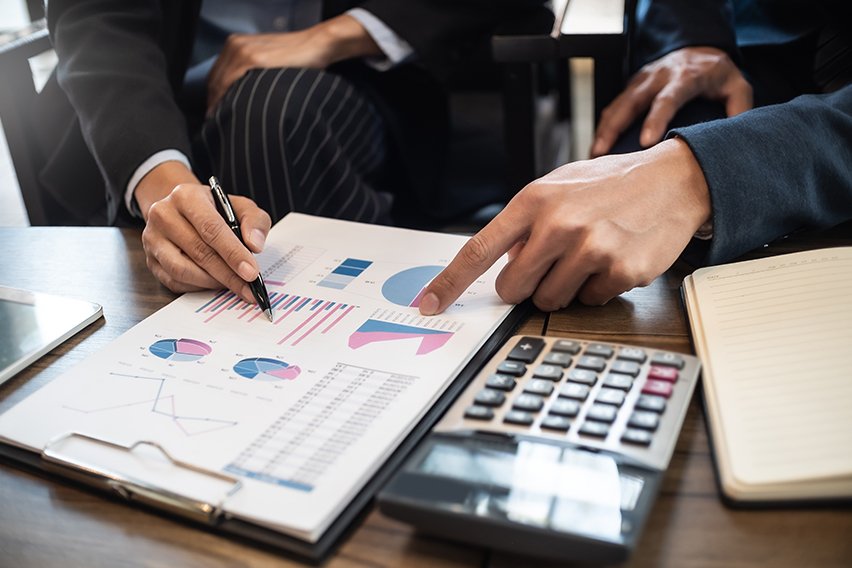 What Is the Order to Cash (O2C) Cycle? Definition & Benefits
What Is the Order to Cash (O2C) Cycle? Definition & Benefits